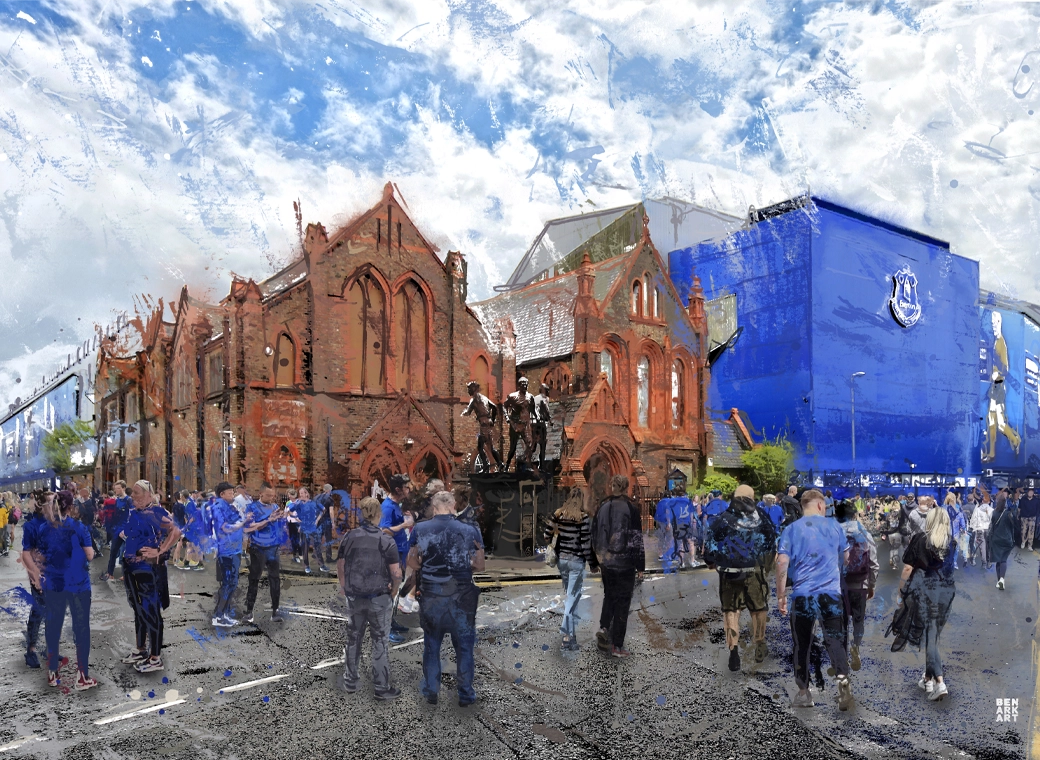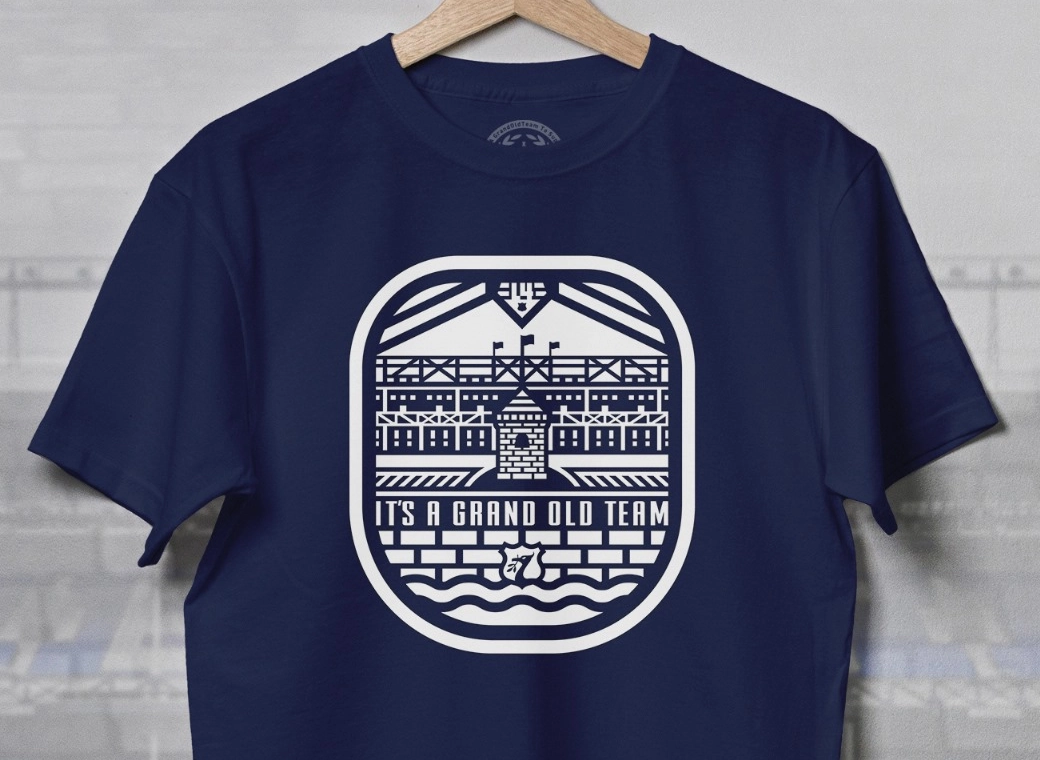I like it, art is often used to express how different cultures perceive the inevitability of death and to try to make sense of what happens after we die. With some exceptions, western paintings tend to reflect on the subject’s life, or romanticise and beautify the moment of death to avoid shocking the audience: paintings such as Caravaggio’s The Death of the Virgin (1606) were banned from churches for representing death too realistically. In Japan, however, a form of art called Kusōzu (‘painting of the nine stages of a decaying corpse’) developed between the 14th and 18th centuries, which illustrates the decay of a human corpse with breathtaking graphical accuracy, cataloguing the final moments of a person’s life through to complete disarticulation of their bones, and this could be considered a masterpiece for stop oil.











